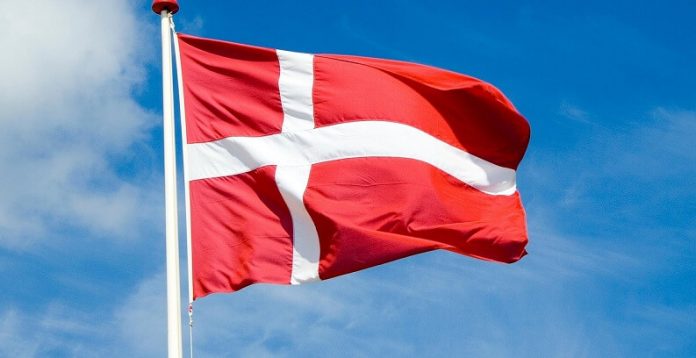Copenhagen, Denmark is the best city for bargain hunters, with an overall bargain index score of 8.43 out of 10. The Danish capital is home to the third-highest rated antique stores in Europe. It’s also home to the highest-rated markets in the top 10 (4.63/5), perhaps due to the wide range of food and clothes stalls. This is 10.7% higher than neighbouring capital Warsaw, Poland (3.86/5) which ranks 20th overall. When it comes to the number of markets in Copenhagen, the green capital has 0.40 per 100,000 people – 82% more than Warsaw (0.23 per 100,000 people).
The capital city of Latvia, Riga, is the second-best city for bargain lovers in Europe, with 8.12 out of 10 in the bargain hunters index. With the country’s growing interest in sustainable shopping practices(1), Riga has the highest-rated antique stores of all the top 10 countries analysed (4.81/5). The capital scores 27% higher for its antique stores than neighbouring country Estonia (Tallinn, 3.65) which ranks 30th in the overall results. For those looking for discounted clothing outlets, Riga also scores highly with an average rating of 4.21/5. Bargain lovers are also spoiled for choice in the capital, as Riga is home to the highest volume of outlets (0.67 per 100,000 people). This is over three times the number of outlet stores than in the capital of neighbouring country Sweden (Göteborg, with 0.19 per 100,000).
The third-best city for bargain lovers is Amsterdam, the Netherlands, with a bargain index score of 8.09 out of 10. Amsterdam boasts the second-highest average rating of the top 10 for its clothing outlets (4.49/5), outranked only by Porto, Portugal (4.73/5). This marks the Dutch capital as one of the ultimate cities for discounted clothing. Bargain hunters can find high quality antique stores in Amsterdam (rated 4.49/5). As well as a great variety of stores to discover, the city boasts the second-highest number of antique shops of all 51 cities analysed (2.42 per 100,000 people). This is almost 5 times more than London, United Kingdom (0.50 per 100,000 people) and over 6 times more than Berlin, Germany (0.38 per 100,00 people).

























